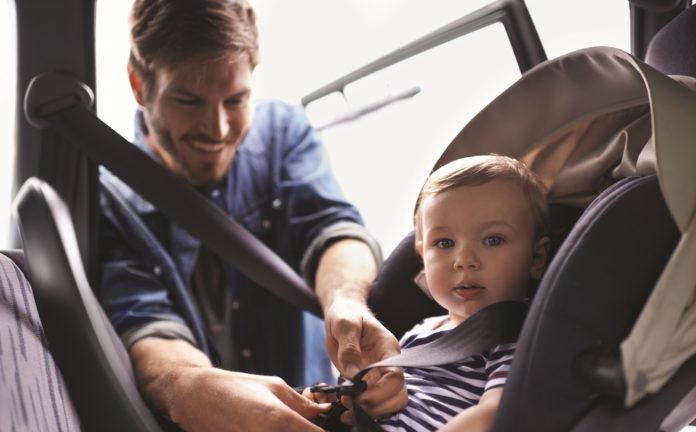5 Ways to Reduce Safety Risks for Young Children: As parents, one of your top priorities is the safety and well-being of your children. With all the potential pitfalls of day-to-day life, however, navigating the risks can be difficult.
These everyday safety tips can help you navigate everything from car seat safety to baby-proofing and safe sleep, keeping your child out of harm’s way as much as possible from birth through his or her toddler years.
Car Seat Safety
- Always use a valid (typically less than 6 years old), federally approved car seat in motor vehicles.
- Ensure the seat is properly installed. Refer to the instruction manual with any questions.
- If you use an infant carrier, strap your child in on the floor, never a counter or tabletop.
- For at least the first two years of your child’s life, the car seat should be rear-facing.
- The safest location for a car seat is in the middle of the back seat.
Choking Prevention
- Avoid giving your child nuts, popcorn, hard candies, hot dogs and raw fruits and vegetables, such as grapes or carrots, that may present a choking hazard.
- Never prop up a bottle and leave your baby unattended.
- Inspect toys often to ensure they’re not broken and do not have small pieces that could easily become detached.
- Be cautious of strings and buttons on clothing.
Safe Sleep
- The safest place for your baby to sleep is on his or her back, which reduces the risk for Sudden Infant Death Syndrome (SIDS).
- Avoid placing anything in the crib or bassinet that may suffocate your child, such as pillows, blankets or bumpers.
- Keep your child’s room at a moderate temperature and dress him or her appropriately to avoid overheating.
- Never leave your baby alone on a bed, couch, changing table, swing or infant seat.
Water Safety
- Set your hot water heater no higher than 120 F.
- Test the temperature of bath water before setting your baby in the tub.
- Never leave your baby unattended in the bathtub.
- Keep toilet lids down and consider installing toilet lid locks.
Baby-Proofing
- Install smoke and carbon monoxide detectors on every level of your home and in every sleeping area.
- Secure cords on blinds and drapes out of reach.
- Keep sharp objects, such as knives, scissors and tools, and other hazardous items, like coins, beads and pins, in a secure place out of baby’s reach.
- Store cleaning products and medications in locked cabinets. Never store potentially toxic substances in containers that could be mistaken for food or drink.
- Cover all electrical outlets.
- Cushion hard edges and sharp corners of furniture and decor.
- Secure cords to electrical items along baseboards using electrical tape.
- Attach heavy or tall furniture to the wall and avoid placing items that could fall, like electronics or lamps, on top of dressers or shelves.
- Install safety gates with straight, vertical slats securely in front of all stairwells.
Lyme Disease: What You Should Know About Tick Bites, Lyme Disease Symptoms, and Treatment
Find more tips and ideas to keep your children safe at home and on the go at eLivingtoday.com.











